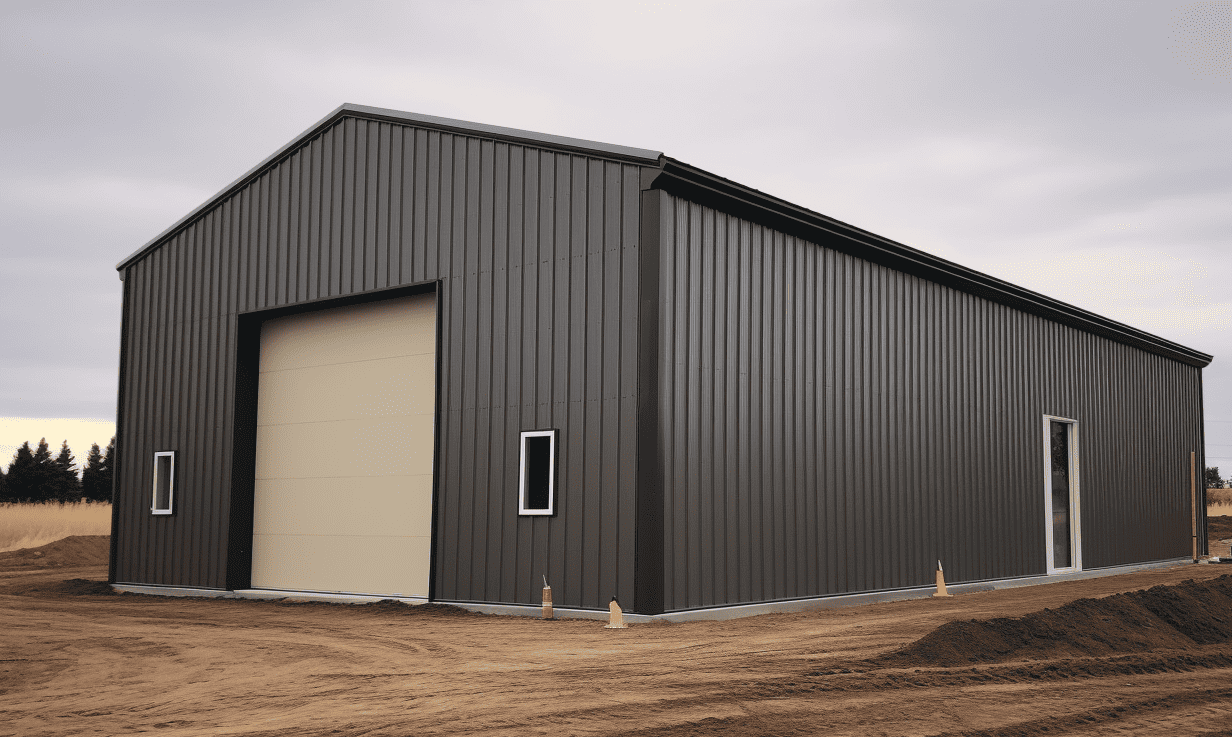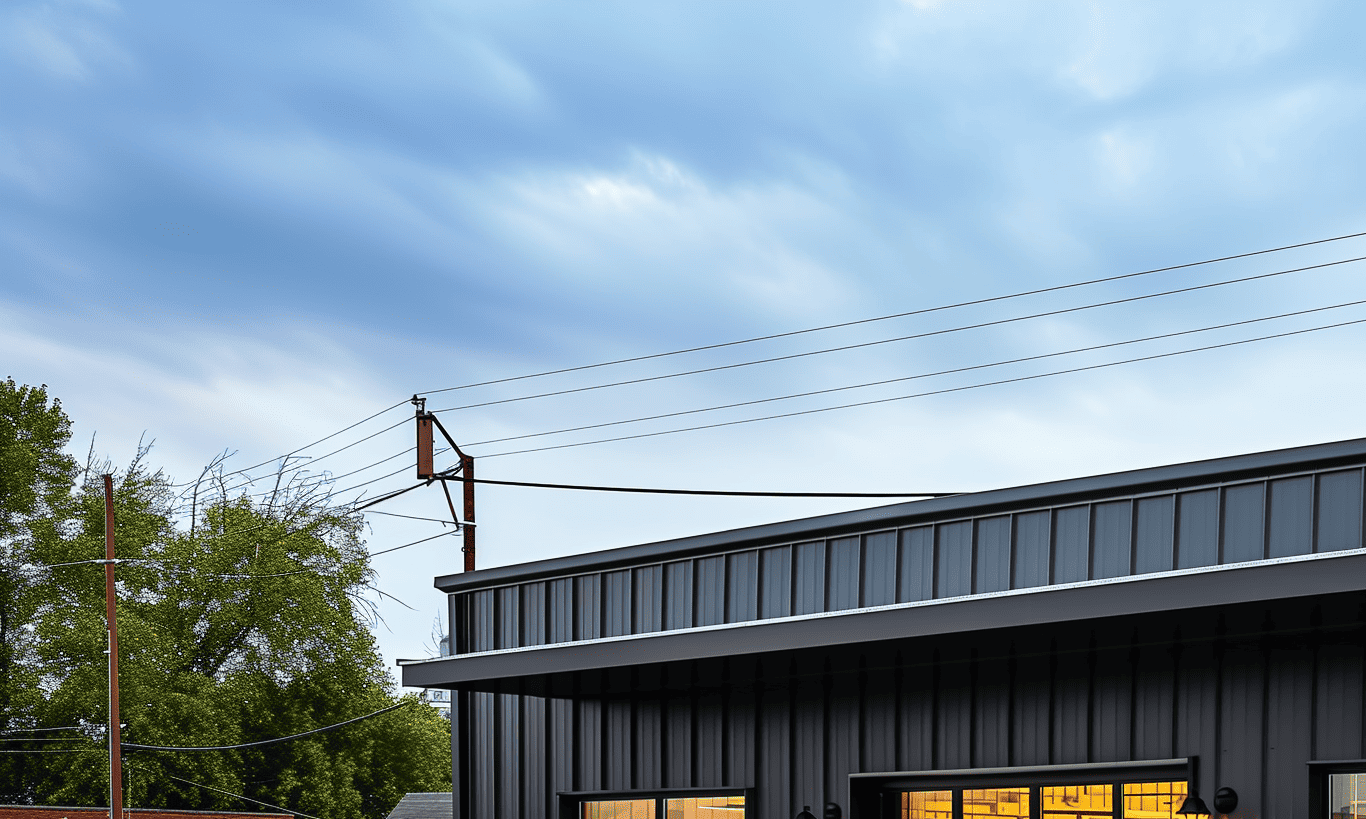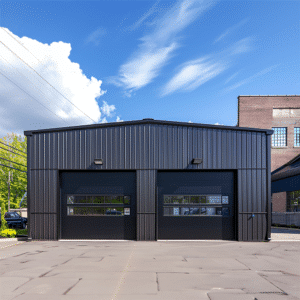As you navigate the ins and outs of construction, it’s crucial to recognize the hidden dangers lurking in the very materials you might utilize. Asbestos, once celebrated for its heat resistance and strength, is now infamous for the health risks it poses. Let’s dive into the world of asbestos regulations—a labyrinth that demands your thorough exploration, especially if you’re venturing into Ontario steel construction or any area involving older buildings.
Understanding these regulations isn’t just bureaucratic red tape; it’s a matter of health and safety. How does one effectively handle this hazardous material? What legal ramifications should you consider? The answers lie within a comprehensive understanding of asbestos management and the rules that dictate its usage and removal.
The History of Asbestos and Why It’s Regulated
Imagine a time when asbestos was the go-to material for building insulation and fireproofing. Revolutionary, right? Fast forward a few decades, and this wonder material earned a notorious reputation due to its link to severe health issues, such as lung cancer and mesothelioma. The fibrous particles of asbestos can wreak havoc once inhaled—often leading to results that are both lethal and irreversible.
With these revelations, the Government of Canada – Asbestos Regulations have stepped in, making way for stringent rules that prevent exposure and ensure safe handling and disposal practices.
Defining Asbestos Regulations
So, what are asbestos regulations, exactly? These encompass legally binding rules that govern the handling, removal, and disposal of asbestos. The primary goal is to protect human health and minimize environmental impact. It’s a careful balance, tackling the handling of asbestos right from identification in existing structures to waste management practices.
Health Safety: An Uncompromising Priority
Picture a building project without any foresight into potential asbestos risks—it’s akin to walking through a minefield. Asbestos regulations drive home the point that safety isn’t negotiable. Compliance is not just about adhering to laws but also about safeguarding the lives of workers and future inhabitants.
When embarking on Custom Building Projects or renovations, collaboration with Building code consultants becomes indispensable. These experts have the prowess to guide you through the complex requirements to ensure your project is both legally and ethically sound.
Navigating the Complex Landscape of Asbestos Regulations
Asbestos regulations vary depending on regional laws, the scope of construction, and the nature of the building materials involved. The path through asbestos compliance is fraught with intricate laws—each playing a significant role in framing a risk-free building ecosystem.

Identification and Assessment
How do you differentiate an asbestos-laden structure from a safe one? Through rigorous inspection and testing, of course! Buildings constructed prior to the 1990s are prime candidates for asbestos inspection. Certified inspectors carry out assessments to identify the presence of asbestos, marking the first step in deciding further actions.
Abatement and Removal
Think of asbestos abatement as equivalent to conducting a surgical operation—delicate, precise, and requiring expert hands. Regulations dictate the involvement of licensed professionals trained to safely handle and remove asbestos. The process involves detailed plans, effective containment, and disposal methods that minimize exposure risk.
Considerations for Renovation Projects
If you’re embarking on renovations, especially within prized heritage sites, asbestos compliance is even more pivotal. It’s where historic preservation guidelines intersect with modern construction demands, ensuring that updates to older buildings do not pose health risks or compromise historical integrity.
Integrating Compliance in Your Construction Process
So, how do you seamlessly weave asbestos regulations into your construction or renovation project? Embarking on Ontario steel construction brings unique challenges, yet also opportunities for leveraging smart, compliant building practices.
Collaboration and Training
If knowledge is power, then training is its application. Workers require comprehensive training on safe asbestos handling, courtesy of regulations mandating such education. A well-informed workforce is your frontline defense against mishaps and non-compliance.
Continuous Compliance Monitoring
Compliance isn’t a static achievement; it requires ongoing vigilance. Continuous assessments ensure that safety measures evolve with changing regulations, maintaining alignment with legal standards. This diligence minimizes risks throughout all phases of construction.

Addressing Common Challenges in Asbestos Regulation Compliance
Understanding regulations is one thing, but putting them into practice presents its own set of challenges. The mishandling of asbestos, complexities in logistics, and costs involved in proper disposal can make compliance appear daunting. However, practical strategies can alleviate these concerns.
Using Modern Technology
Picture integrating technology with traditional inspection methods—a veritable blend of the past meeting the future. Advanced imaging tools and software can streamline identification and analysis processes, aiding in quicker, more accurate identification of asbestos-laden materials.
Financial Planning and Resource Allocation
Consider financial planning as crafting a blueprint for compliance; you allocate resources where they count most to ensure you’re not caught off guard by unforeseen expenses. Effective budget management supports choosing the best service providers for safe asbestos handling.
Conclusion: Asbestos Regulation Compliance Is Non-Negotiable
Venturing through the nuances of asbestos regulations demands attention, diligence, and strategic implementation. Whether you’re a seasoned builder in Ontario steel construction or setting out on Custom Building Projects, understanding and implementing these guidelines is non-negotiable.
Safety isn’t a mere check in the box; it’s the cornerstone of responsible construction. By weaving comprehensive asbestos regulations into your project fabric, you’re not only safeguarding individuals and communities but also paving the way for legacy constructions that stand the test of time.










